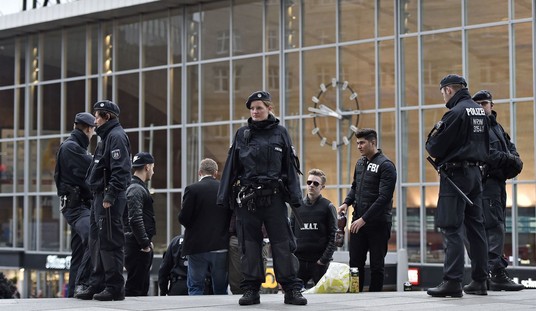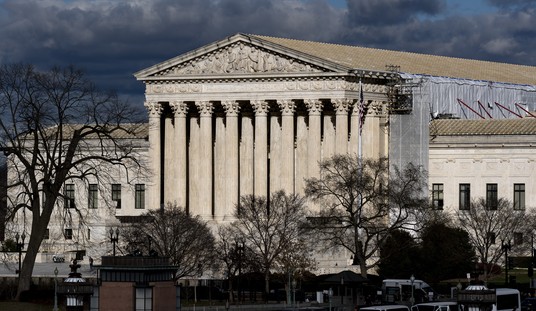Cyber Monday sales have become as much a holiday shopping fixture as Black Friday, and until yesterday even more reliable. Even in last year’s pandemic-impacted economy, online sales grew year-on-year as they always do. Not this year, however, as CNBC reports that sales dropped for the first time ever:
Consumers logged online on Monday and spent $10.7 billion, marking a 1.4% decrease from year-ago levels, according to data from Adobe Analytics.
This year’s tally marks the first time that Adobe has tracked a slowdown in spending on major shopping days. Adobe first began reporting on e-commerce in 2012, and it analyzes more than 1 trillion visits to retailers’ websites.
The news isn’t all bad from Adobe, however.
So far, from Nov. 1 through Cyber Monday, consumers in the United States have spent $109.8 billion online, which is up 11.9% year over year, Adobe said. And on 22 of those days, consumers purchased more than $3 billion worth of goods, another new milestone, it said.
Adobe anticipates digital sales from Nov. 1 to Dec. 31 will hit $207 billion, which would represent record gains of 10%.
Don’t get too confident in that prediction. CNBC’s Lauren Thomas concludes that Americans have spread out their purchases across the entire month rather than waiting for Black Friday or Cyber Monday deals. That’s likely part of the explanation for the retreat, but another is the supply-chain crisis. Americans are shopping early because they have to start earlier. Many products, especially in consumer electronics and in larger-ticket items, are back-ordered. It might already be too late to go Christmas shopping if the aim is to have presents under the tree.
If that’s the case, then the shopping curve may bend downward sooner and more sharply than Adobe projects.
That’s not the only reason that Cyber Monday shopping may be down or why shopping curves may start declining more sharply. We see another big factor every time we go to the pumps, although we might not know the amplitude of gas-price inflation. The Wall Street Journal settles that point, and makes another about the way it’s eating into family finances:
U.S. gasoline prices have climbed about 50% in a year with drivers paying an average of $3.40 a gallon for regular, up from $2.27, according to data from price tracker GasBuddy. This year’s rise is on pace to be the largest percentage increase in at least a decade. …
For Mrs. Gould, filling the Caravan’s roughly 20-gallon tank costs somewhere around $70. She’s also paying higher prices at the grocery store and even their occasional stops at McDonald’s—part of a broad increase in consumer prices that is making it harder to budget.
“Unfortunately, there is just not a lot we can do about it,” said Mrs. Gould, who is spending around one-third of her family budget on gas. Though her husband’s compact gets better mileage, it cannot fit two wheelchairs.
The hit from higher gas prices comes in two directions. First, it costs 50% more to fill the tank, which is a big deal for working-class families with smaller amounts of disposable income. Less directly, fuel-price increases drive higher prices for goods at the market, especially for fresh vegetables and meats, which are the basis of better diets. Groceries and gas are eroding the disposable income for working- and middle-class families and setting up incentives for discounted and less health fare.
In this environment, we can’t expect robust holiday shopping, even with inflation making it look better than it really is. If fuel and food prices continue to climb at this rate, we’re looking at a bleak Christmas season.







Join the conversation as a VIP Member